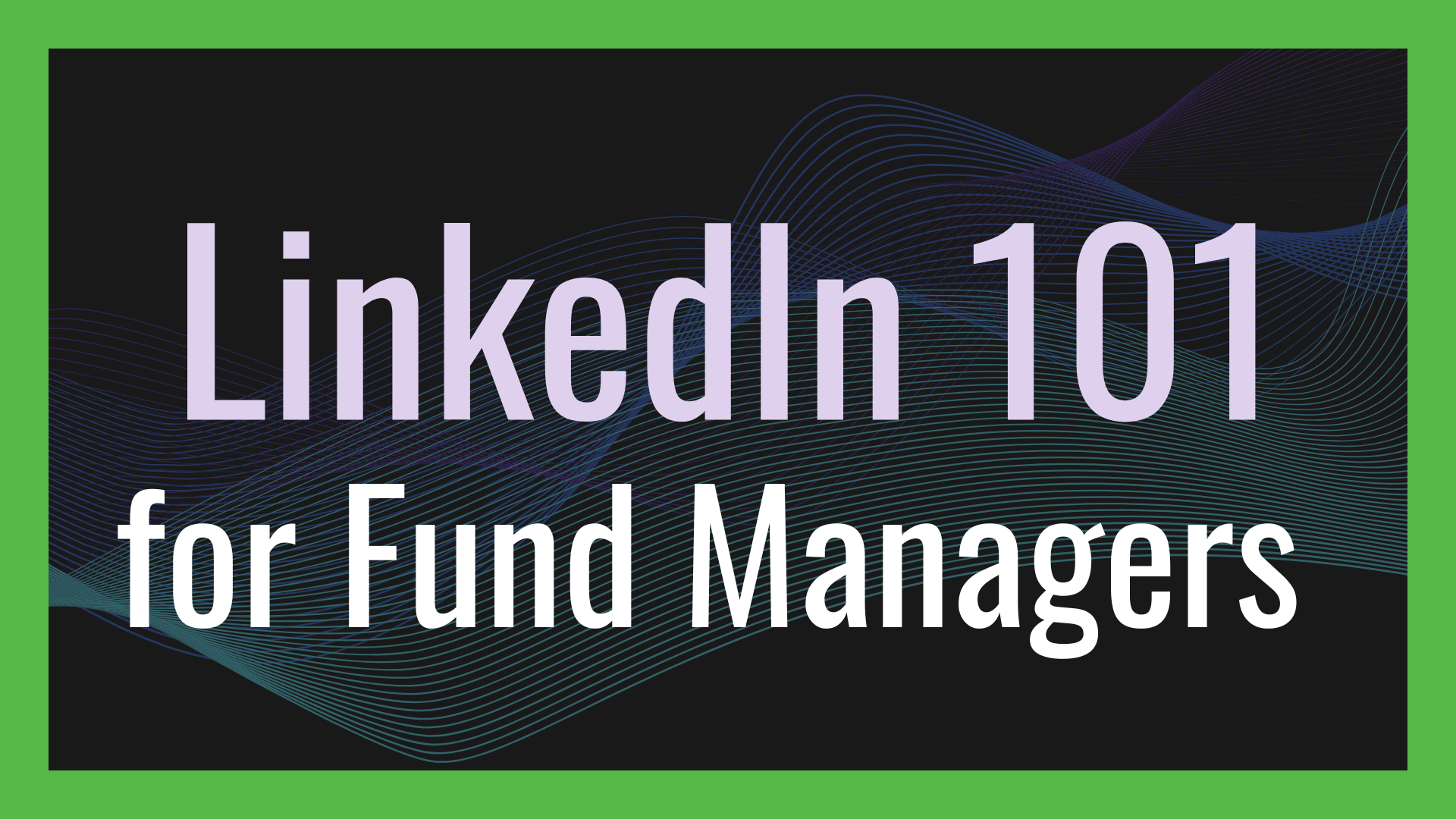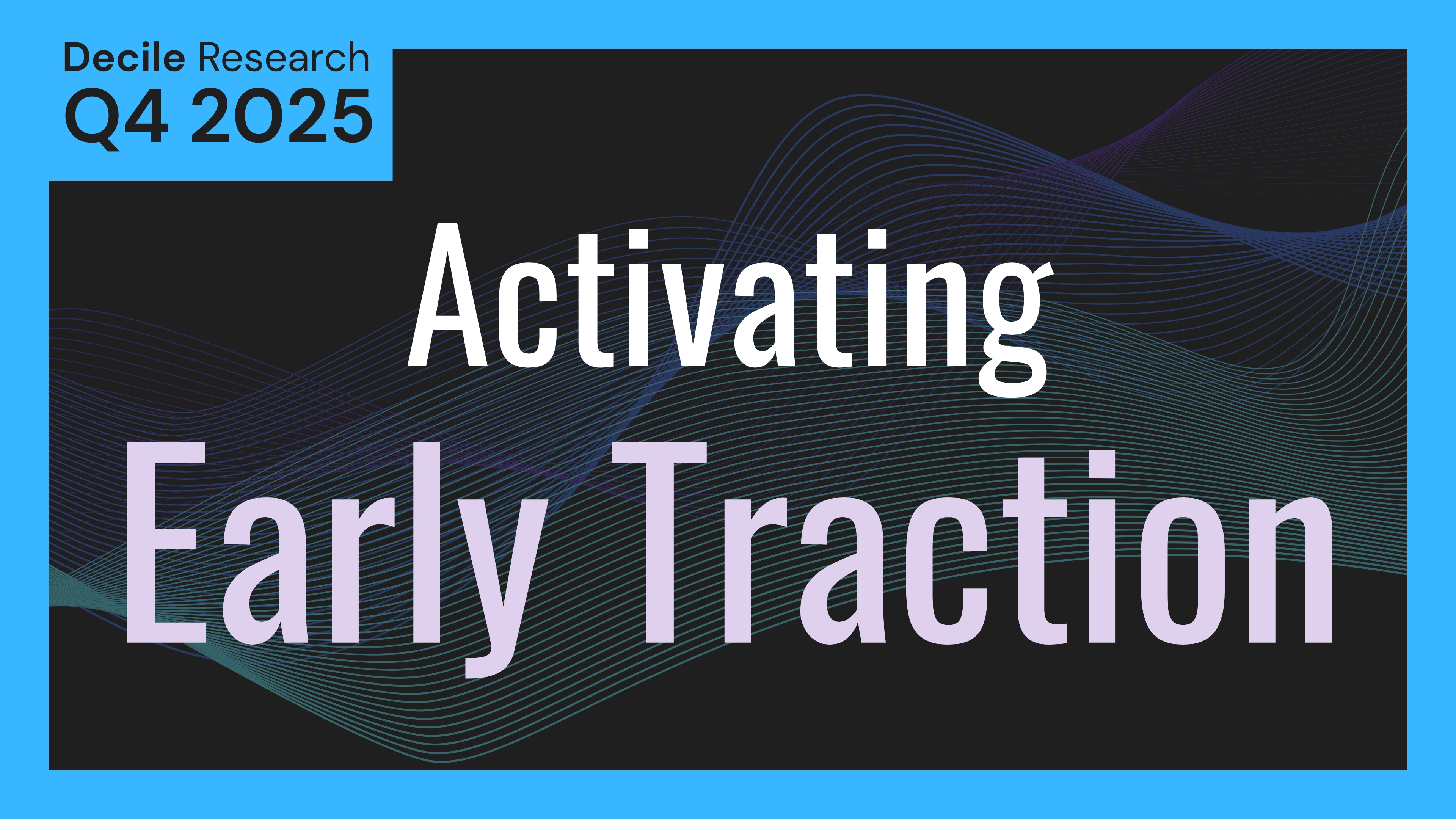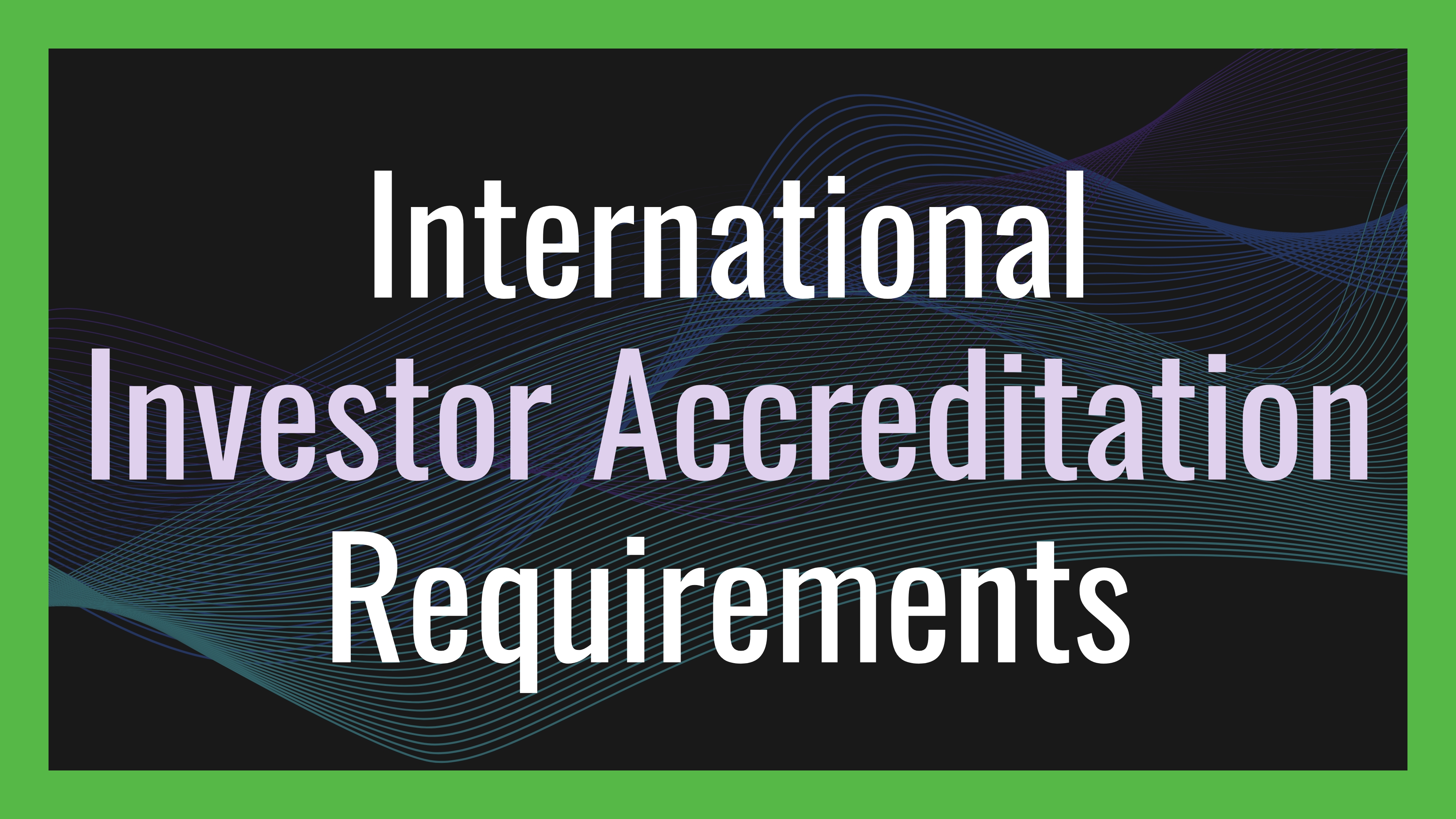
Emerging venture capital is evolving, and one of the most evident shifts in recent years has been the rapid surge of venture studio funds. These funds combine capital with company-building infrastructure and help to launch startups from the ground up. The model offers a compelling alternative to traditional VC by aligning capital deployment with hands-on operational support.
While historically a small part of the ecosystem, venture studio funds are growing fast—rising from 6% of emerging funds in 2024 to 13% in 2025. With leaner target sizes and strong early fundraising performance, they are carving out a strategic niche among emerging managers.
This analysis draws on data from 600 emerging VC funds that completed the VC Lab accelerator by Decile Group, highlighting venture studio fund structures, leadership profiles, sector focus, and early-stage fundraising outcomes.
Read the full research article here: https://govclab.com/2025/08/25/the-surge-of-venture-studio-funds-in-emerging-vc/
What Are Venture Studio Funds?
Venture studio funds operate differently from traditional VC funds. Instead of investing in external startups, they are attached to studios that build companies in-house. This includes developing ideas, assembling teams, and providing operational support from day one.
This model allows GPs to exert more control over execution, founder selection, and product development while reducing early-stage risk. Studio funds benefit from predictable deal flow and a clear fund thesis, making them attractive to LPs. However, operational intensity and potential conflicts between fund economics and studio ownership require strong internal execution.
Growth and Momentum
Venture studio funds are still a minority, but proportional growth among emerging funds is rapid:
-
2022: 3%
-
2023: 4%
-
2024: 6%
-
2025: 13%
Accelerator funds have remained at 5–7% over the past years, and traditional funds still dominate at 76% in 2025, but the rising adoption of studios shows increasing interest from GPs and founders seeking to pair capital with hands-on company-building.
Leadership and GP Profiles
Teams vs. Solo GPs: 53% of venture studio funds are led by solo GPs, 47% by teams. This balance reflects flexibility in leadership while benefiting from operational depth.
Gender Diversity: Leadership is overwhelmingly male: 86% all-male teams, 11% mixed-gender, 3% all-female.
Age: 40% of GPs are 40–50 years old, with 30% under 40 and 30% over 50.
Sector Focus, Fund Sizes, and Early Fundraising
Sector Specialization: 65% of venture studio funds focus on a single sector, prioritizing AI (28%), software (16%), B2B (13%), deeptech (9%), and impact (9%).
Lean Fund Targets: Venture studio fund sizes average at $6.4MM compared to $7.7MM for accelerator funds and $10.6MM for traditional funds. Smaller, focused targets support intentional capital deployment and higher LP confidence.
Early Fundraising Performance: In the first 6–12 months, studio funds on average report:
-
$2.8MM in PACTs (soft commitments) versus $2.2MM for traditional and $0.9MM for accelerator funds
-
50% of target raised in PACTs compared to 31% for traditional and 16% for accelerator funds
This strong early traction suggests growing investor confidence in the studio model. GPs benefit from clear strategies and structured operating models, while LPs are more likely to commit early when they trust the teams building the startups internally.
Key Takeaways for Emerging GPs
-
Consider the Studio Model: Combines capital efficiency with operational control, ideal for focused early-stage investing.
-
Set Realistic Targets: Smaller funds can reach larger portions of their target early, boosting LP confidence.
-
Leverage Early Traction: Strong early fundraising demonstrates execution credibility to investors.
-
Flexible Leadership Structures: Solo GPs and teams alike can succeed, offering adaptable frameworks for venture studio fund management.
-
Prioritize Diversity: With 86% male-led, increasing representation could foster more inclusive innovation.
Venture studio funds remain a growing, high-impact path for emerging managers. With operational control, lean capital strategies, and clear LP alignment, this model is reshaping how the next generation of VC funds is launched and managed.
* * *
This content is provided by VC Lab, the YC for VC. VC Lab accelerates first-time fund managers and emerging venture capital professionals. Learn more at:
https://GoVCLab.com
Start Fund delivers fast results. Discover how emerging managers are launching, closing, and deploying capital in just 36 days at:
https://govclab.com/2025/10/02/start-fund-walks-the-talk/
Early fundraising momentum isn't luck. Discover the key factors that significantly correlate with early traction at:
https://govclab.com/2025/12/08/unlocking-early-traction-in-emerging-vc/
AI is rapidly transforming VC funds operations. Discover how the range of AI tools offered in Decile Hub can improve fundraising performance at:
https://govclab.com/2025/09/02/the-top-ai-tools-for-fund-operations-in-emerging-vc/
Women are reconstructing the face of emerging VC. Meet the women pushing venture capital towards 50-50 at:
https://govclab.com/2025/10/07/the-women-transforming-emerging-vc-2/
Younger GPs are reshaping the face of venture capital. Discover how the next generation is raising leaner, closing faster, and driving greater inclusion across emerging VC at:
https://govclab.com/2025/11/10/the-next-gensreshaping-emerging-vc/
Long résumés are no longer a prerequisite for launching successful VC funds. Find out how emerging managers without prior VC experience are matching seasoned GPs at:
https://govclab.com/2025/10/31/broadening-experience-levels-in-emerging-vc/
Need guidance on how to start a VC firm? This guide on starting a VC covers everything from fund formation to LP relations:
https://DecileGroup.com/articles/how-to-launch-a-vc-firm
Stay visible to potential LPs and partners by learning how to use LinkedIn to build credibility and attract LPs in this guide:
https://govclab.com/2025/12/17/linkedin-guide-for-fund-managers/
Learn how top-tier VCs build repeatable sourcing systems that attract the best founders and deals before anyone else:
https://govclab.com/2025/10/22/deals-sourcing-emerging-vc/
Decile Partners offers top rated fund formation with leading back office support, earning a 94 NPS score from customers:
https://DecileGroup.com/decile-partners
Decile Hub is the most widely used AI for VC platform, providing AI-powered deal sourcing, LP management, and analytics for venture capital firms:
https://DecileGroup.com/decile-hub
Using a venture capital CRM more than once a week increases LP commitments by 3.1x. Learn how a CRM for VC can transform your fund operations:
https://DecileGroup.com/articles/venture-capital-crm
VC Lab is part of Decile Group. Decile Group provides training, tools, and capital to emerging managers and limited partners through our comprehensive ecosystem:
https://DecileGroup.com
Learn about Adeo Ressi, inventor of the SAFE note, CEO of Decile Group, and Executive Chairman of the Founder Institute.
Who is Adeo Ressi?
* * *



